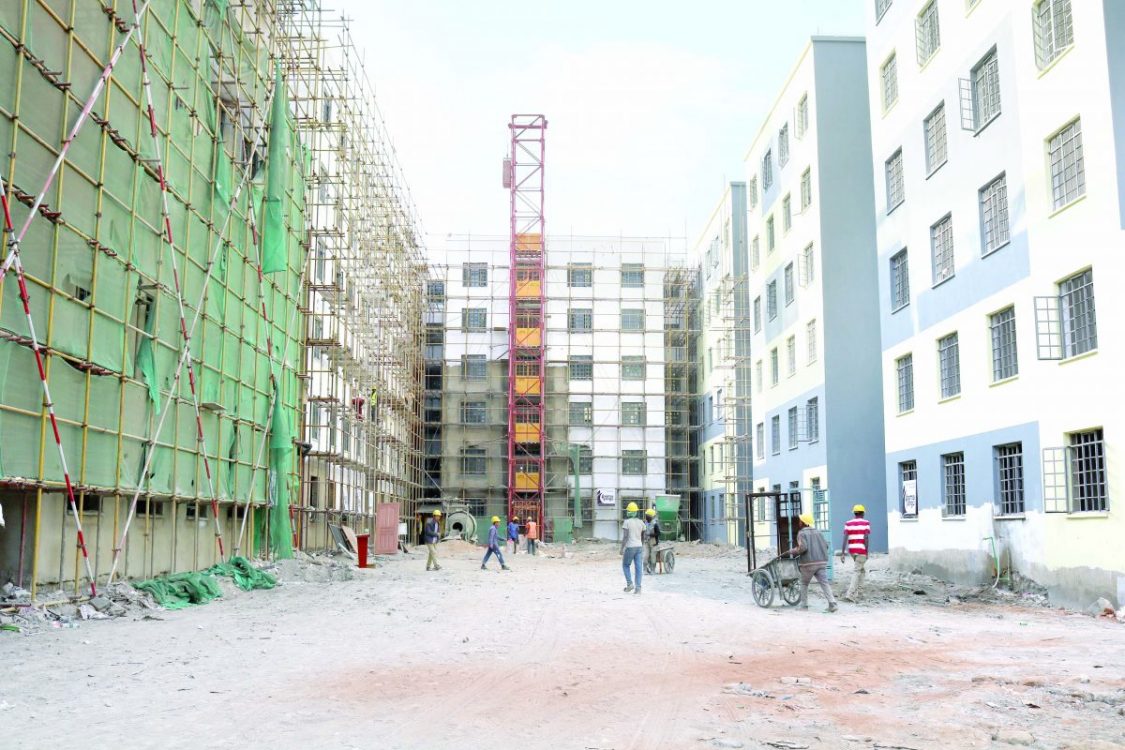State spending on housing increases by 34.7pc to Sh19b
By Steve Umidha, May 4, 2023The government’s pending on the housing sector is expected to grow by 34.7 per cent this year and will hit a staggering Sh19 billion, according to budget estimations in the economic survey for 2023 by the Kenya National Bureau of Statistics (KNBS).
The increased industry expenditure in the current administration is a culmination of a push by President William Ruto to fulfil the affordable housing programme (AHP) pledge that was initiated by his predecessor Uhuru Kenyatta.
It is an improvement from the actual expenditure on housing which dipped from Sh25.6 billion in the financial year 2020/21 to Sh10 billion last year when the then administration put breaks on the plan and other infrastructural projects including certain roads.
The low utilisation rate, according to reasons stated in the survey, was also partly due to underperformance in Appropriation-in-Aid (AiA) – which is an authorisation granted by a legislative body like the Parliament, to incur obligations and to expend public funds for a stated purpose.
Biggest project
In March this year for instance, President Ruto launched the construction of 6,704 affordable housing units in Starehe, Nairobi which is part of his government’s plan to increase the supply of new housing to 250,000 per year and the percentage of affordable housing supply from two to 50 per cent.
The Starehe affordable housing project will cost the taxpayer an estimated Sh13 billion and remains the biggest affordable housing project in the country, yet. The development will be carried out in five phases over three years.
The government, through the State Department for Housing and Urban Development, has partnered with Gulfcap in its bid to construct 200,000 housing units annually to ease the housing deficit in the country.
Affordable housing is units that are reasonably priced for individuals with a median household income and do not cost so much that a household is unlikely to meet other basic needs on a sustainable basis. But that reality has not been met according to some quarters who believe the concept is disproportionately sane.
Increased construction activities
The construction sector registered a growth of 4.1 per cent in 2022 compared to a growth of 6.7 per cent in 2021, in a period that saw cement consumption increase from 9.1 million metric tonnes in 2021 to 9.5 million metric tonnes in the year.
The value of building plans approved by the Nairobi City County (NCC) increased by 58.0 per cent to Sh162.5 billion in 2022 while the number of residential housing units completed by the State Department for Housing increased more than threefold to 1,390 units in the same period.
The length of national roads under bitumen increased from 18.7 thousand kilometres in 2021 to 19.1 thousand kilometres in 2022.
Consequently, expenditure on roads is anticipated to rise from Sh177.1 billion in 2021/22 to Sh191.4 billion in the current financial year, while development expenditure on roads is projected to increase by 1.7 per cent to Sh124.2 billion in 2022/23.
Road Maintenance Levy Fund (RMLF) typically serves as the primary source of funding for the annual road maintenance programmes.
The projected amount to be collected under the RMLF for 2022/23 is Sh67.2 billion – an increase of 22.1 per cent compared to what was spent in the previous fiscal planning.
More Articles

